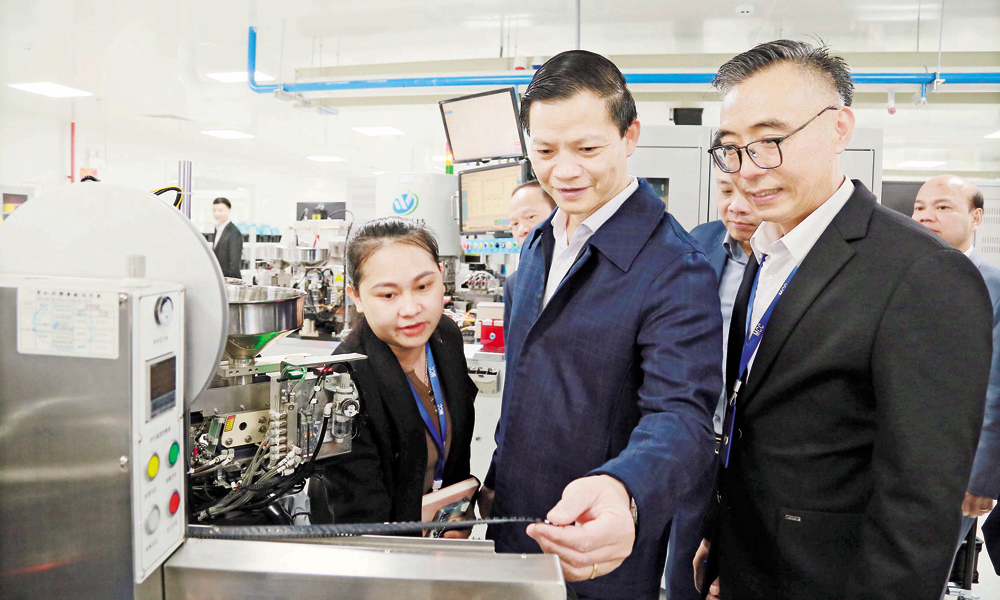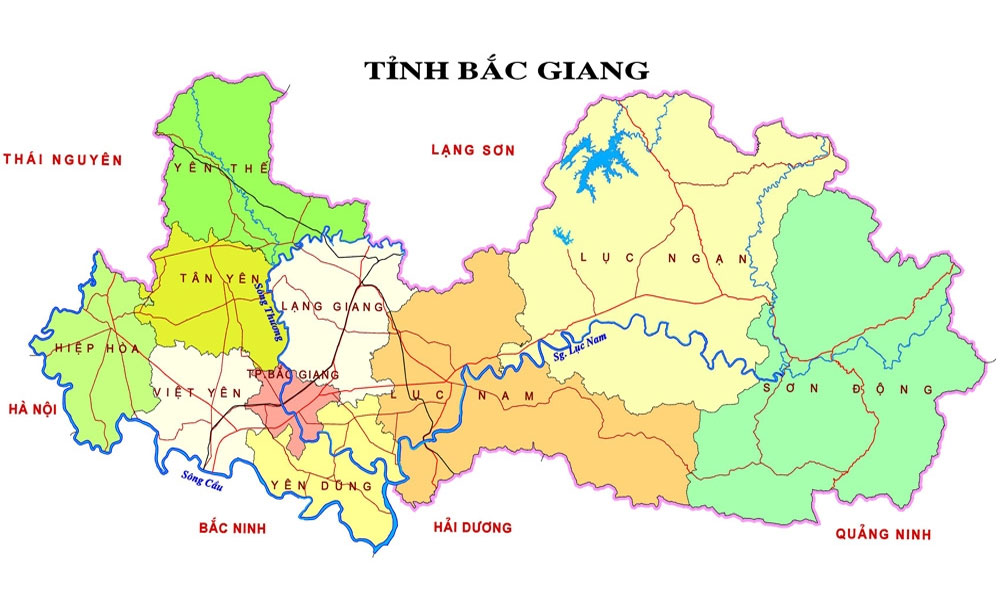Vietnam's path to multibillion-dollar semiconductor industry
In their shared announcement about the U.S.-Vietnam Comprehensive Strategic Partnership, the two countries noted Vietnam’s sizable potential to become a key nation in the semiconductor industry and "are supportive of the rapid growth of the semiconductor ecosystem in Vietnam."
 |
|
Employees work in Intel Products Vietnam. |
The announcement also mentioned initiatives to develop human resources in the semiconductor industry, with the U.S. providing a seed fund of US$2 million first and investments from the Vietnamese Government and the private sector in the future.
These are seen as Vietnam making new moves in its journey to join an industry worth hundreds of billions of dollars that impacts all areas globally.
According to data in February from the U.S. Census Bureau, chip imports from Vietnam jumped by 75% during the month to $562.5 million from $321.7 million a year earlier to account for an 11.6% market share.
This impressive figure placed Vietnam in the top tier in Asia in terms of growth, according to Bloomberg.
But experts pointed out that Vietnam’s contributions remain minor when the entire supply chain is considered.
There are three basic aspects in chipmaking: designing, foundry and packaging.
With the Intel factory in Ho Chi Minh City being its main producer, Vietnam only takes part in the last phase before the chip enters the market.
Entering a $500-B industry
According to the Semiconductor Industry Association, the global chip market was worth $556 billion last year.
This is seen as an opportunity for new markets like Vietnam to join the global supply chain.
At a meeting with two national universities on September 6 Minister of Information and Communications Nguyen Manh Hung said Vietnam possesses advantages in chip designing and would prioritize it.
The most important infrastructure for this, and one that requires government investment, is a chain of state-of-the-art research facilities, he added.
Nguyen Thanh Yen, administrator of the Vietnam Microchip Community, said he has observed the Vietnamese semiconductor market for 20 years and developing design expertise is the way to go.
"Five thousand engineers is neither a large number nor small, and they play an important role in training the next generations of engineers.
"In the chip industry, design engineers are the most crucial since they know every part of the design. If Vietnam focuses on developing engineers, we will see great results in the next five to 10 years."
At the Vietnam — U.S. Summit on Innovation and Investment on September 11 Truong Gia Binh, chairman of FPT Corporation, exhorted the Government to invest in training 30,000-50,000 semiconductor experts.
FPT University announced it has established a semiconductors and circuits department to address the country’s shortage of highly skilled workers.
It will take in its first students in 2024 and offer them comprehensive training in IC design, and carry out research into semiconductors.
Experts also called on the government to offer income tax breaks to lure back Vietnamese specialists working abroad.
In the next five to seven years Vietnam needs to have local fabless chip manufacturers with a solid footing in the market, they said.
Counterpoint Research analyst Ivan Lam said Vietnam lags other Asian countries like Singapore and Malaysia though companies like Viettel and FPT have developed their own R&D and chipsets.
"Consistent investment in education, industry support, international cooperation, and IP accumulation is vital to overcoming this hurdle.
"With efforts by the government, participation by local businesses and cooperation from global chip makers, the country’s semiconductor industry has the potential for long-term growth."
Source: VnExpress
 Bắc Ninh
Bắc Ninh
















Reader's comments (0)